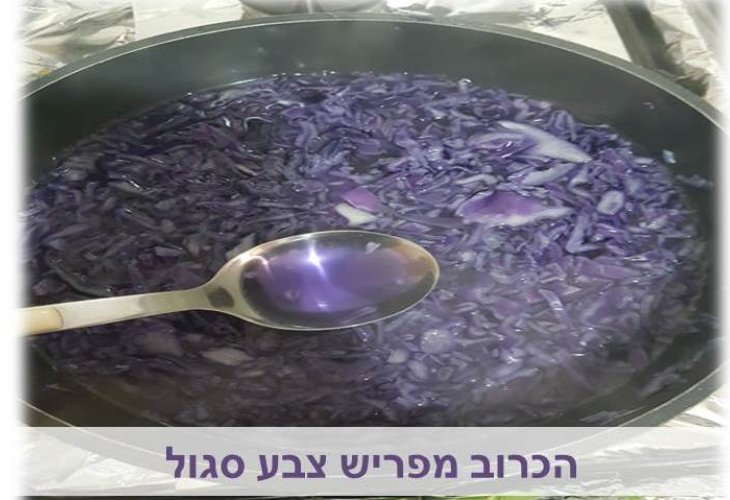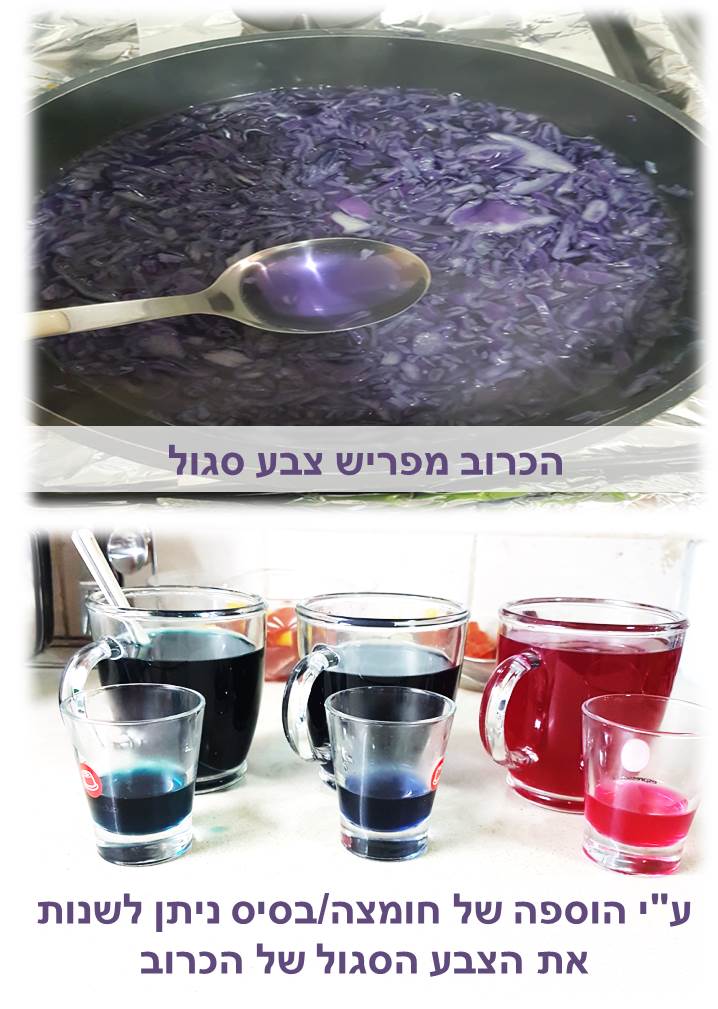Eating the Rainbow: Colorful Foods for Health
The vibrant colors of fruits and vegetables aren’t just for show; each hue offers unique health benefits. Discover what the colors of your food can do for you!

A True Wonder of Nature.
Before fruits and vegetables ripen, they are green, blending in with the leaves to avoid notice.
It’s a good thing, too.
In this unripened state, they are not fit to eat and can even be toxic. For example, a green tomato contains a toxin called solanine. As it ripens and reddens, the solanine level decreases and eventually disappears.
Once the fruit or vegetable is ripe and ready to be eaten, its color changes to red, purple, orange, or yellow. They then stand out against the greenery, inviting us to pick, bite, and enjoy all their goodness.
Scientists and evolutionists might explain the role of ethylene gas in ripening and how chlorophyll fades to make way for other pigments, dwelling on the chemistry of it all…
However, all they can do is explain the “how.” None of them address the “why.”
Why (not how) were they designed with this trait?
Why are they camouflaged while unripe, blending into the background, hidden from view?
Why do they only stand out in vibrant colors when they become edible?
Pausing to observe the great wisdom and precise thought in this would reveal the wonders of creation, perhaps even instilling a touch of humility.
These colors are pigments known as phytochemicals.
 Magic from Cabbage
Magic from CabbageSome of the most famous:
Lycopene – This is the red pigment.
Red seen in tomatoes and also watermelons.
Its red isn't just eye-catching; it is excellent for heart health, preventing diseases, and offers many other benefits. So, next time your child uses a lot of ketchup, remember it does contain a good amount of lycopene, despite the sugar.
Beta-carotene – This is the orange color.
Carrot, in English, sounds like this pigment's name.
Not just carrots, but pumpkins, sweet potatoes, apricots, mangoes, and even persimmons.
In the body, beta-carotene converts into Vitamin A, crucial for eye health and development and proper cell function. It protects mucosal tissues, is excellent for skin issues, supports growth, and strengthens bones, hair, and nails.
Lutein – This is the green color.
Green from spinach, broccoli, and herbs.
Important for good vision, it protects the skin and helps prevent non-communicable diseases created by the body.
Anthocyanin – This is the purple pigment.
Found in purple grapes, eggplants, cabbages, plums, and blueberries...
It's said to be one of the most potent antioxidants, slowing aging processes (anti-aging) and keeping the mind sharp.
Allicin – Found in the white color
Like in garlic and onions.
Helps boost the immune system, fights inflammation, and does much more.
There are many other diverse and unique phytochemicals.
It's important to eat all the colors.
One Shabbat, my little Noah excitedly ran up to me, showing off a treat she received at the synagogue: colorful lentil candies.
"Mom, look how pretty! You always say how important it is to eat all the colors."
So, let me rephrase—Eat all the colors nature offers us—from the fruits and vegetables section.
In a previous article, I shared an amazing and simple recipe for colorful marshmallows and jelly and before that a homemade marzipan recipe.
The colors I refer to are natural colors.
Those you make at home with loved ones.
Choose a vegetable or fruit with the desired color, grind it with a bit of water, strain, and you have colorful juice for your jelly, marshmallow, etc.
Orange juice, red from cherries or pomegranates, green from kiwi-pear, and even yellow lemonade.
For more concentrated color, perfect for cake decoration or marzipan recipes, heat in a pot until reduced to a paste.
Now you have natural food coloring.
With purple cabbage, you can create wonders.
Boil it to obtain a beautiful purple hue.
Add a bit of baking soda to turn it blue, like the sea or sky.
Add some lemon juice for a pink tone, like Noah's Shabbat dress.
Another way to create color is using oil and spices.
Mix a quarter-cup of oil with 2 teaspoons of colorful spice:
Red – Paprika
Purple - Sumac
Orange – A mix of paprika and turmeric
Yellow – Turmeric
Green – Spirulina powder
Brown – Cinnamon powder
Heat in the microwave for a minute, mix, and your color is ready.
Let’s summarize what we have so far:
- Why paying attention when shopping, examining ingredient lists, and sticking to food in its natural form is essential.
- What carbohydrates are, why breakfast is important, and easy healthy breakfast and 10:00 AM sandwich recipes.
- What proteins are, the difference between animal and plant proteins, healthy vegetarian lunch recipes.
- The difference between oil and fat, what good fat is, and fun fruit and nut snack recipes.
Now that we’re learning about the importance of the colors in nature, b'ezrat Hashem, we’ll continue discussing this topic in the next article and offer ideas for nutritious and colorful dinner recipes.
Wishing you good health,
Chen Tovi

